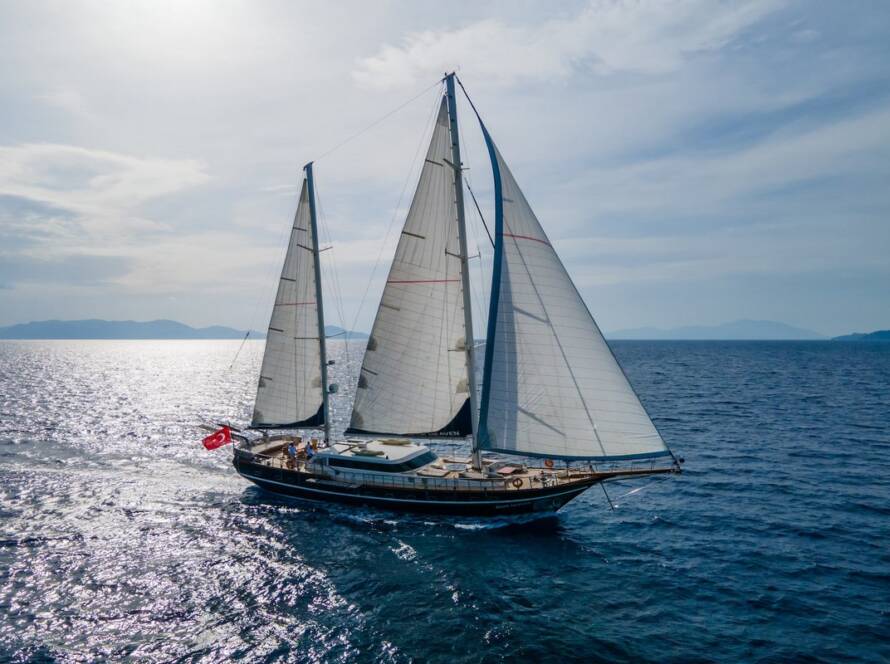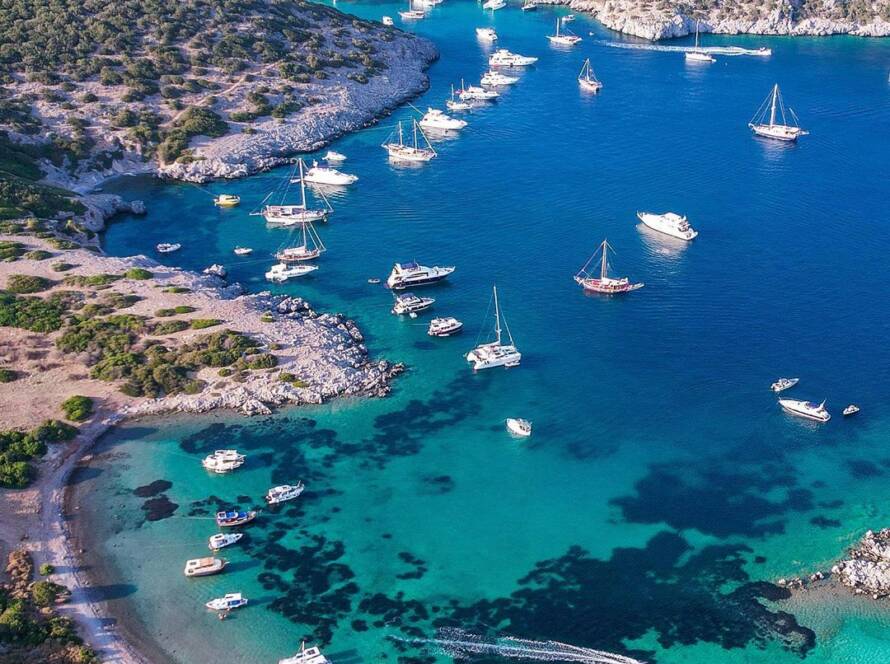Are you dreaming of the perfect yacht charter experience? Choosing between a catamaran and a monohull can feel like picking between apples and oranges. Both have their unique charm, but understanding their differences is key to making an informed decision. Catamarans, with their two hulls, offer unparalleled stability and space, making them ideal for families or larger groups. On the other hand, monohulls are known for their classic sailing experience and are often preferred by seasoned sailors.
When you think about your next adventure, consider where you want to sail. For instance, yachting in Bodrum is a popular choice, and both types of yachts can provide a fantastic experience. If you’re planning to explore the stunning coastline of Bodrum, Turkey, a catamaran might give you the extra comfort and room to relax, especially if you’re with friends. However, if you’re looking for speed and a more traditional sailing feel, a monohull could be the way to go.
Ultimately, the best choice depends on your specific needs, whether it’s the number of passengers, your sailing experience, or the kind of adventures you wish to embark on. So, will it be a spacious catamaran or a classic monohull for your next yacht rental in Bodrum? The choice is yours!
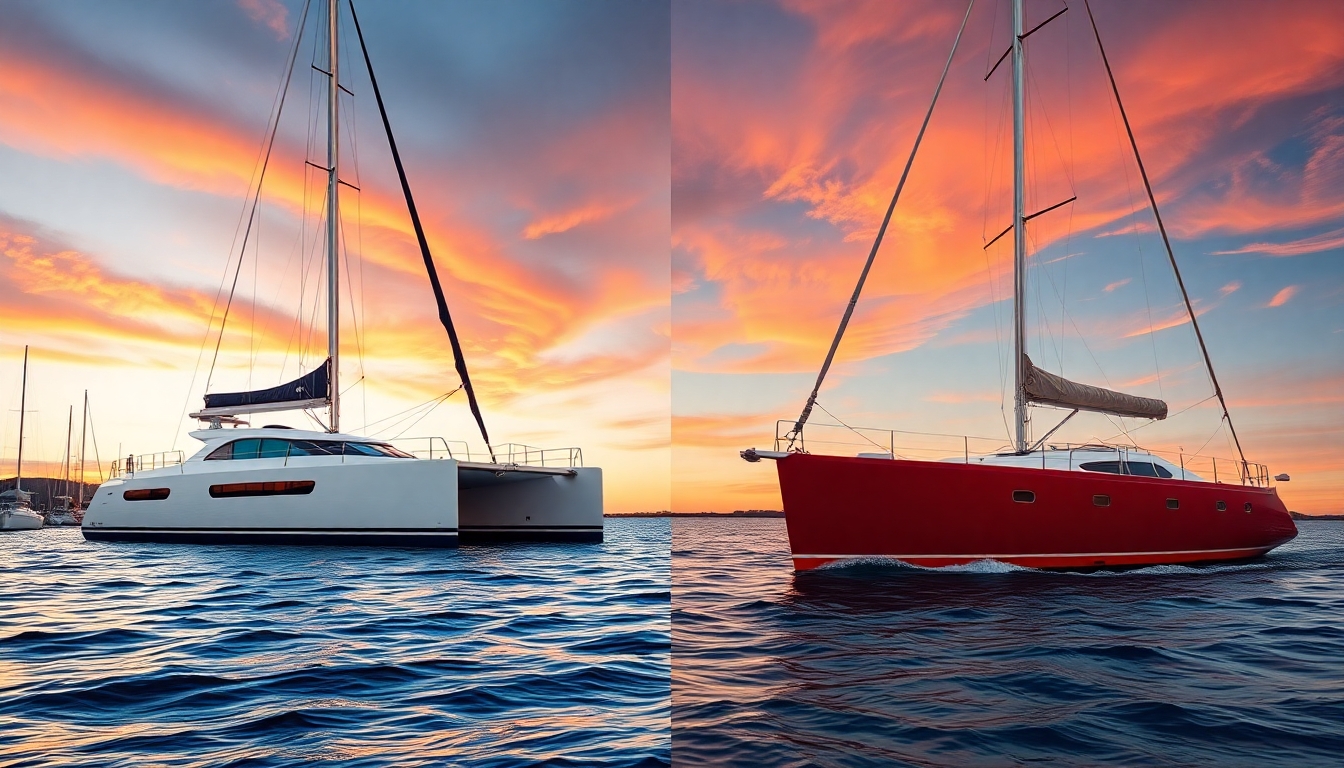

Design Differences
When it comes to choosing between a catamaran and a monohull, understanding their is essential. A catamaran features two parallel hulls, which not only enhances its stability but also provides more deck space for lounging and socializing. Imagine enjoying your catamaran quality times with friends on a spacious deck while the sun sets over the horizon. In contrast, monohulls have a single hull, which often results in a more traditional sailing experience but can feel cramped, especially with larger groups.
Stability is a key factor here. The twin-hull design of a catamaran allows it to glide smoothly over waves, making it less likely to tip over. This is particularly advantageous in choppy waters, where a monohull might struggle. Furthermore, the catamaran hotel experience enhances comfort, as these vessels often come equipped with larger living spaces and amenities.
In terms of performance, the design of each yacht influences how they handle various conditions. For instance, a catamaran excels in light winds due to its wide beam, while a monohull is typically better suited for strong winds, as its single hull allows for better cutting through the waves. Therefore, if you’re planning a sailing adventure in Bodrum, consider the bodrum catamaran options for a more stable experience.
Ultimately, the choice between these two designs boils down to personal preference and the type of sailing experience you seek. Whether you opt for the spaciousness of a catamaran or the classic feel of a monohull, both have their unique charm and advantages.
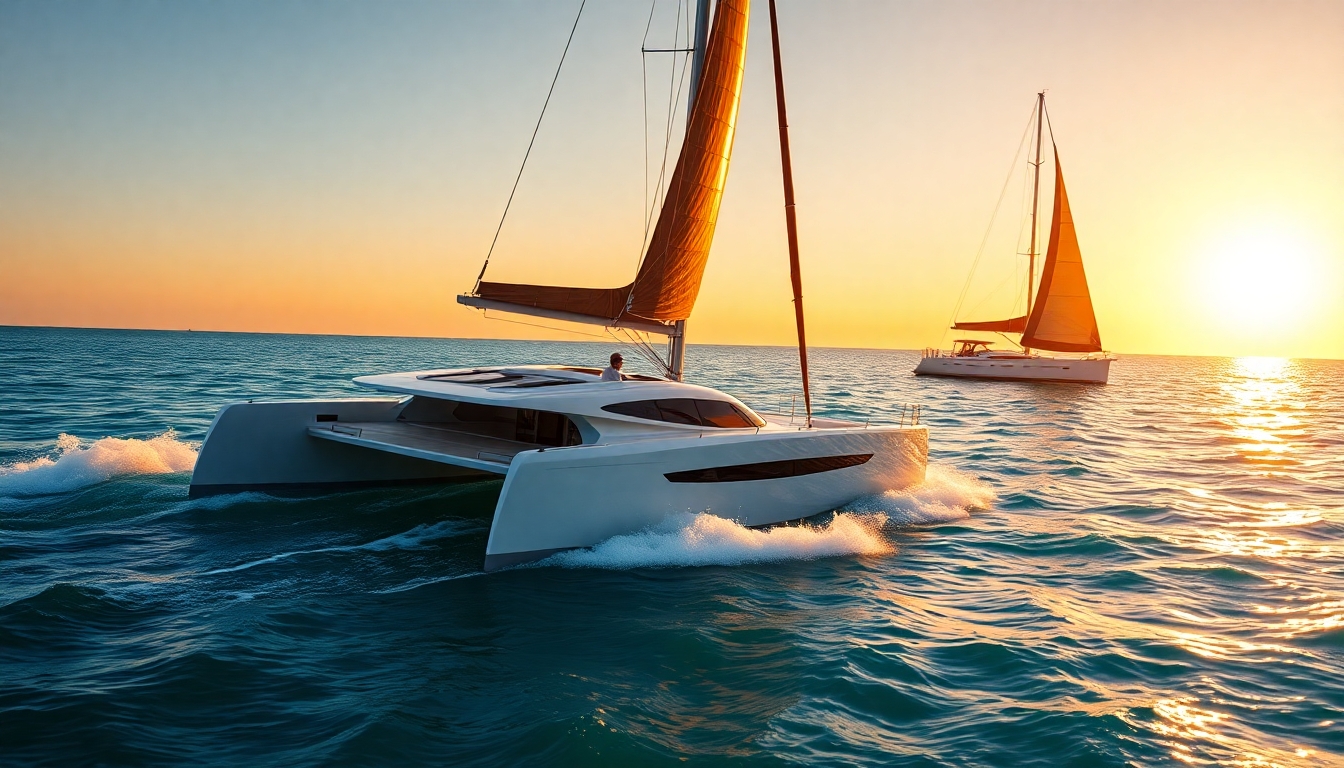

Performance at Sea
When it comes to sailing, the is a crucial factor that can make or break your adventure. So, how do catamarans stack up against monohulls? Let’s dive into the details! Catamarans, with their twin hulls, offer remarkable stability and speed, making them a popular choice for many sailors. On the other hand, the classic monohull sailing yacht has its own set of advantages, particularly in terms of maneuverability and performance in rough seas. Each type of vessel has its own unique features that cater to different sailing experiences.
In terms of speed and efficiency, catamarans tend to glide smoothly over waves, allowing for faster travel times, especially in light winds. Conversely, monohulls excel in strong winds, where their design enables them to cut through the water with precision. For example, in a recent race, a catamaran completed the course in record time due to its superior speed in moderate conditions, while a monohull showcased its strength by maintaining control in choppy waters.
Understanding how each yacht responds to various wind conditions is vital. Catamarans thrive in light to moderate winds, while monohulls are built to handle gusty weather. When the wind picks up, a monohull’s deep keel provides the necessary stability, making it a reliable choice for experienced sailors. Similarly, in challenging sea conditions, a monohull boat can navigate through rough waters with agility, while catamarans may struggle due to their wider beam.
Ultimately, the decision between catamaran vs monohull boils down to your sailing style and preferences. Whether you prioritize speed, stability, or comfort, understanding the performance dynamics of each type can significantly enhance your charter experience.
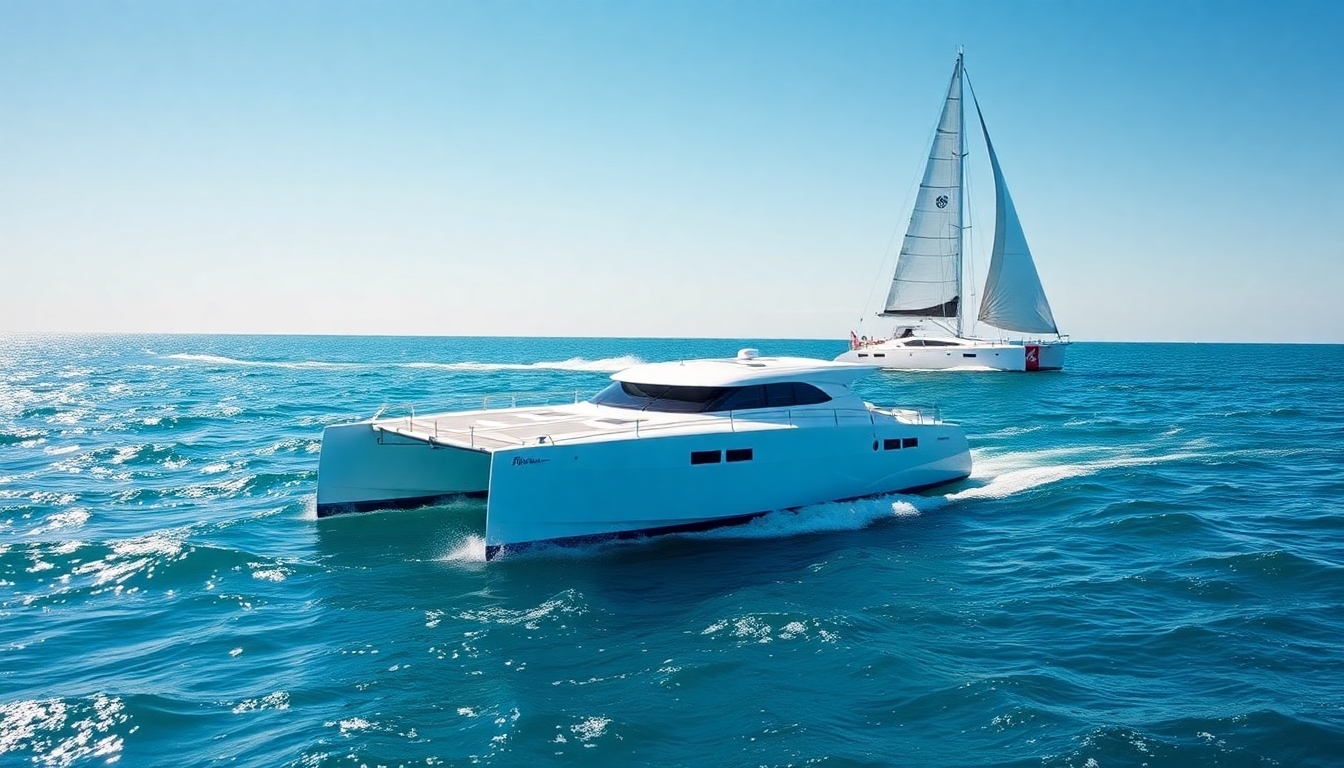

Speed and Efficiency
When it comes to , the debate between catamarans and monohulls can feel like comparing a cheetah to a horse. Both have their strengths, but they perform differently under various conditions. Catamarans, with their twin hulls, are often recognized for their impressive speed, especially in light winds. They glide effortlessly over the water, making them a popular choice for those looking to cover distances quickly on a yacht charter.
On the other hand, monohulls tend to excel in stronger winds, where their design allows them to cut through waves with greater ease. This can make them feel more stable and responsive, which is crucial when navigating challenging sea conditions. Imagine sailing on a mega yacht charter where every gust of wind propels you forward—it’s exhilarating!
To give you a clearer picture, here’s a quick comparison of their performance in different wind conditions:
| Wind Condition | Catamaran Performance | Monohull Performance |
|---|---|---|
| Light Winds | High speed, excellent efficiency | Slower, less responsive |
| Moderate Winds | Stable and fast | Good speed, responsive |
| Strong Winds | Can be overpowered | Better control and speed |
Ultimately, your choice should align with your sailing goals. Are you planning a yacht charter Turkey adventure where speed is essential, or do you prefer a more traditional sailing experience? Understanding these nuances will help you select the right vessel for your next journey on the waves!
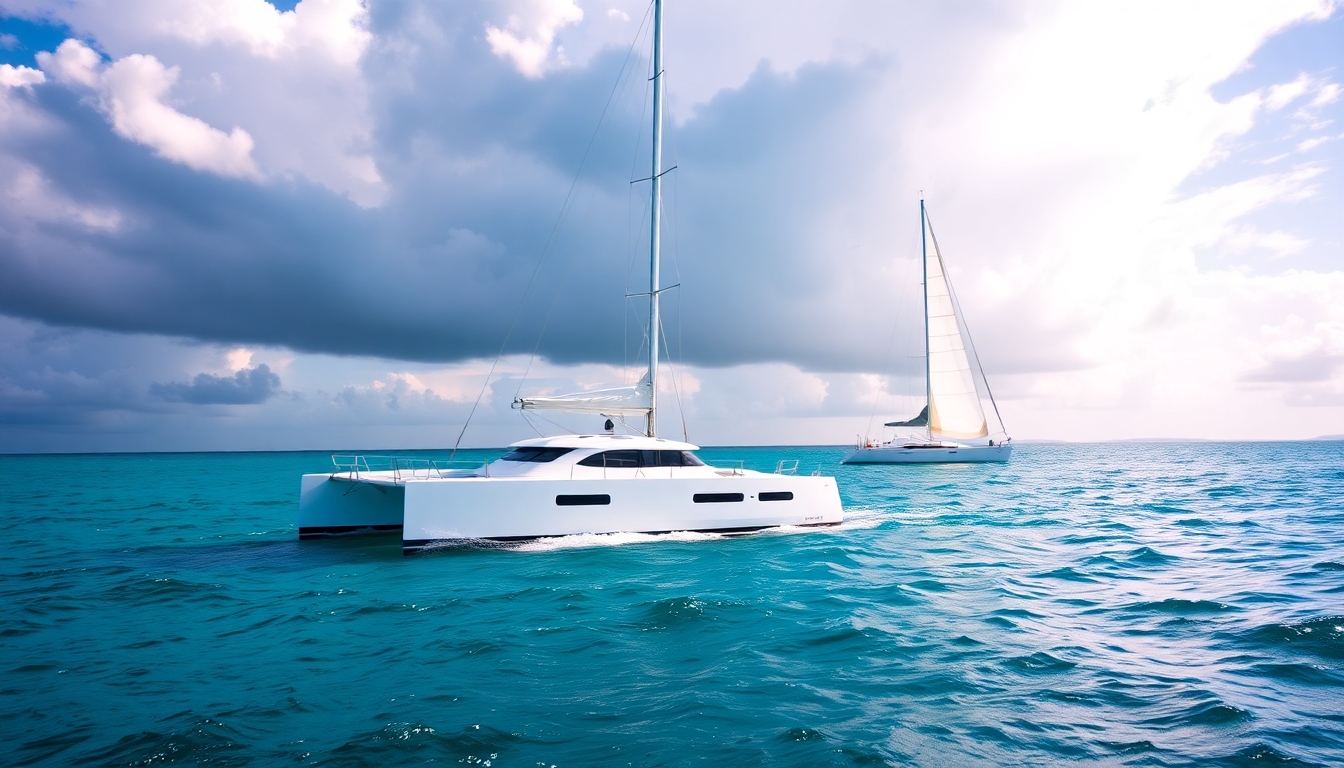

Wind Conditions
When it comes to sailing, play a crucial role in determining how well your yacht performs. Catamarans and monohulls react quite differently to varying wind strengths, and understanding these differences can help you make the right choice for your sailing adventure. Imagine you’re on the open sea, the wind whipping through your hair—will your vessel glide smoothly or struggle against the elements?
Catamarans, with their twin hulls, generally offer superior stability in light winds. They can catch the breeze more efficiently thanks to their wider beam, allowing for a more comfortable ride even when the wind is gentle. On the other hand, monohulls, with their single hull design, tend to heel over, which can be thrilling for experienced sailors but might be unsettling for beginners.
In stronger winds, however, monohulls often shine. Their design allows them to cut through waves and maintain speed, making them a favorite among seasoned sailors who enjoy a bit of adrenaline. Catamarans, while stable, can sometimes struggle to manage excessive wind without the right sail adjustments.
Here’s a quick comparison of how each type performs under different wind conditions:
| Wind Condition | Catamaran | Monohull |
|---|---|---|
| Light Winds | Stable and comfortable | Heels over, can be less stable |
| Moderate Winds | Efficient and steady | Responsive and agile |
| Strong Winds | Requires careful handling | Excellent speed and control |
Ultimately, your choice should align with your sailing style and comfort level. Are you seeking a leisurely cruise with friends, or do you crave the thrill of racing against the wind? Understanding how each yacht type reacts to varying wind conditions will help you sail into the sunset with confidence!
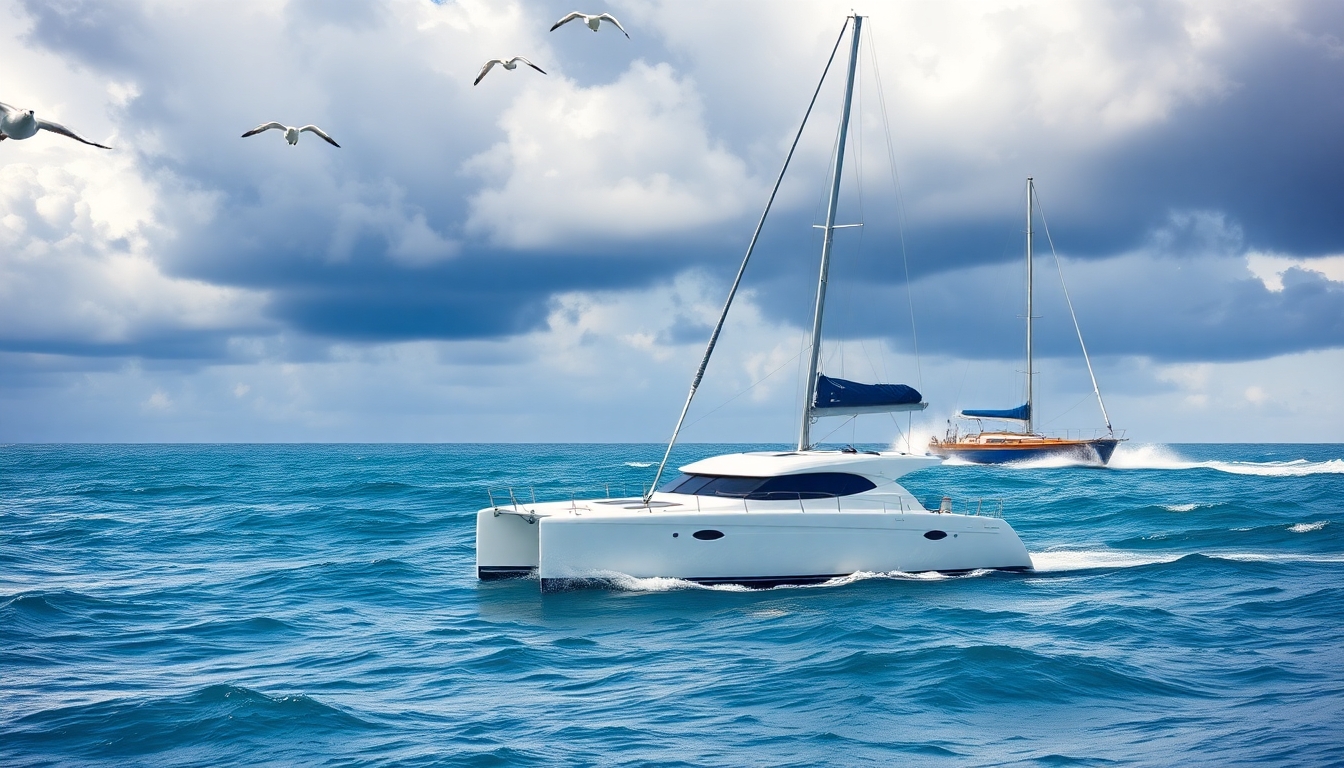

Sea Conditions
When it comes to sailing, understanding is paramount for ensuring a safe and enjoyable experience. Different types of yachts react uniquely to various sea weather conditions, and this can significantly impact your journey. For instance, catamarans, with their dual hulls, often handle rough waters better than monohulls, which can be more affected by waves and swells. Imagine navigating through the unpredictable Mediterranean Sea weather conditions—a catamaran provides that extra stability, making it feel like a walk in the park compared to the more traditional single-hulled yacht.
In the East Med weather sea conditions, where sudden squalls can arise, catamarans tend to offer a more comfortable ride. They glide over the waves rather than cutting through them, which can be a game changer when you’re out there battling the elements. Conversely, monohulls can be more challenging to manage in these conditions, requiring a more experienced sailor to handle the helm effectively.
Consider the Aegean Sea weather conditions as another example. If you’re planning a charter during the summer months, you may encounter strong meltemi winds. Here, the choice between a catamaran and a monohull can define your trip. Catamarans provide a wider beam, which translates to greater stability and comfort when the winds pick up. In contrast, monohulls might feel the full force of the waves, leading to a more exhilarating, yet potentially uncomfortable, experience.
Ultimately, assessing the weather conditions at sea before your charter can guide you in choosing the right vessel. Whether you opt for the stability of a catamaran or the traditional feel of a monohull, understanding how each type performs in various sea conditions can make all the difference in your sailing adventure.
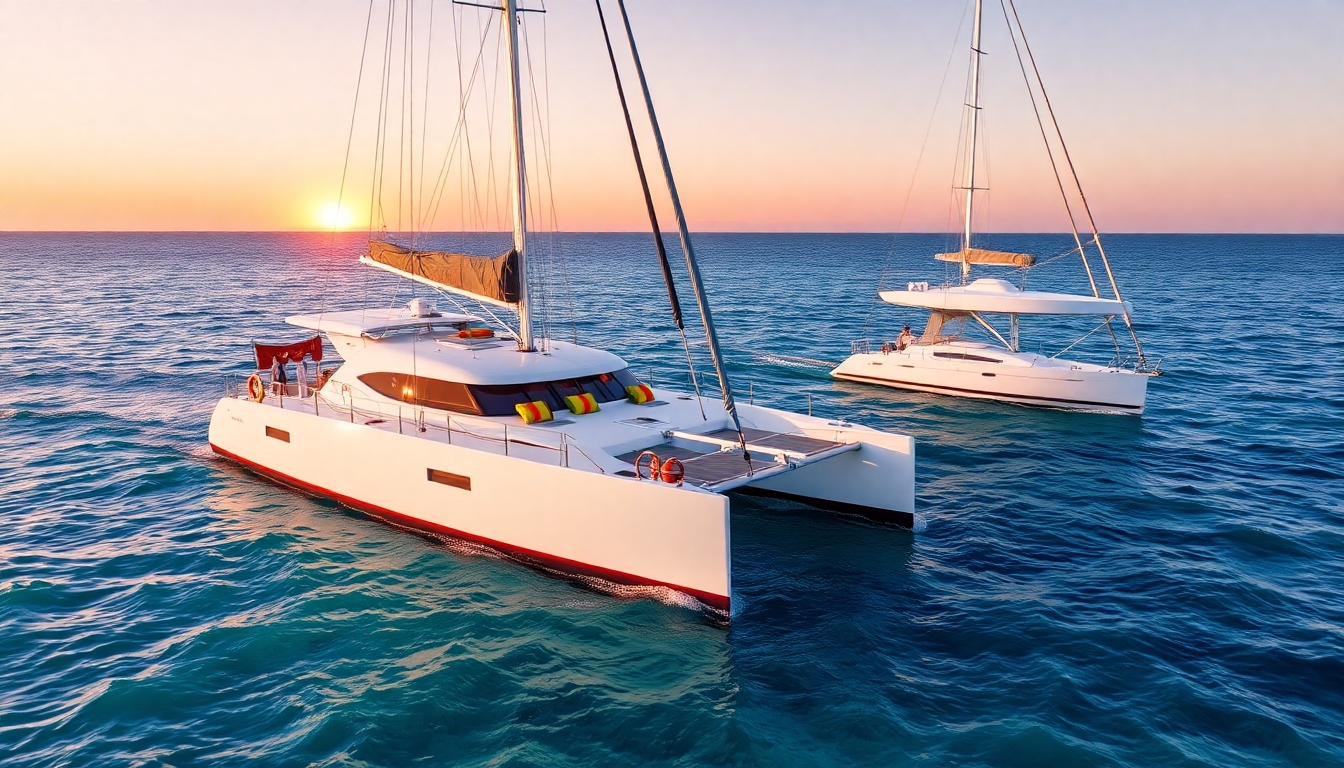

Stability and Comfort
When it comes to yacht charters, are paramount for an enjoyable experience. Catamarans, with their twin-hull design, offer superior stability compared to monohulls. This means less rocking and rolling, which is especially beneficial for those prone to seasickness. Imagine sipping your morning coffee while gliding smoothly over the waves—sounds perfect, right?
On the other hand, monohulls tend to lean into the wind, which can create a more exhilarating sailing experience but may compromise comfort during rougher conditions. However, many sailors appreciate the traditional feel of a monohull, which can evoke a sense of adventure. It’s like choosing between a cozy sofa or a thrilling roller coaster—both have their unique appeal!
Moreover, the layout of these vessels plays a significant role in onboard comfort. Catamarans generally provide more living space, making them ideal for larger groups. With multiple cabins and expansive decks, they allow for socializing and relaxation. In contrast, monohulls, while often more compact, can still offer cozy nooks for intimate gatherings.
For those interested in technical aspects, yacht stabilizers can enhance comfort on both types of vessels. But how do yacht stabilizers work? They counteract the motion of the yacht, providing a smoother ride even in choppy waters. This technology is particularly appealing for families or those new to sailing, ensuring a pleasant journey regardless of the conditions.
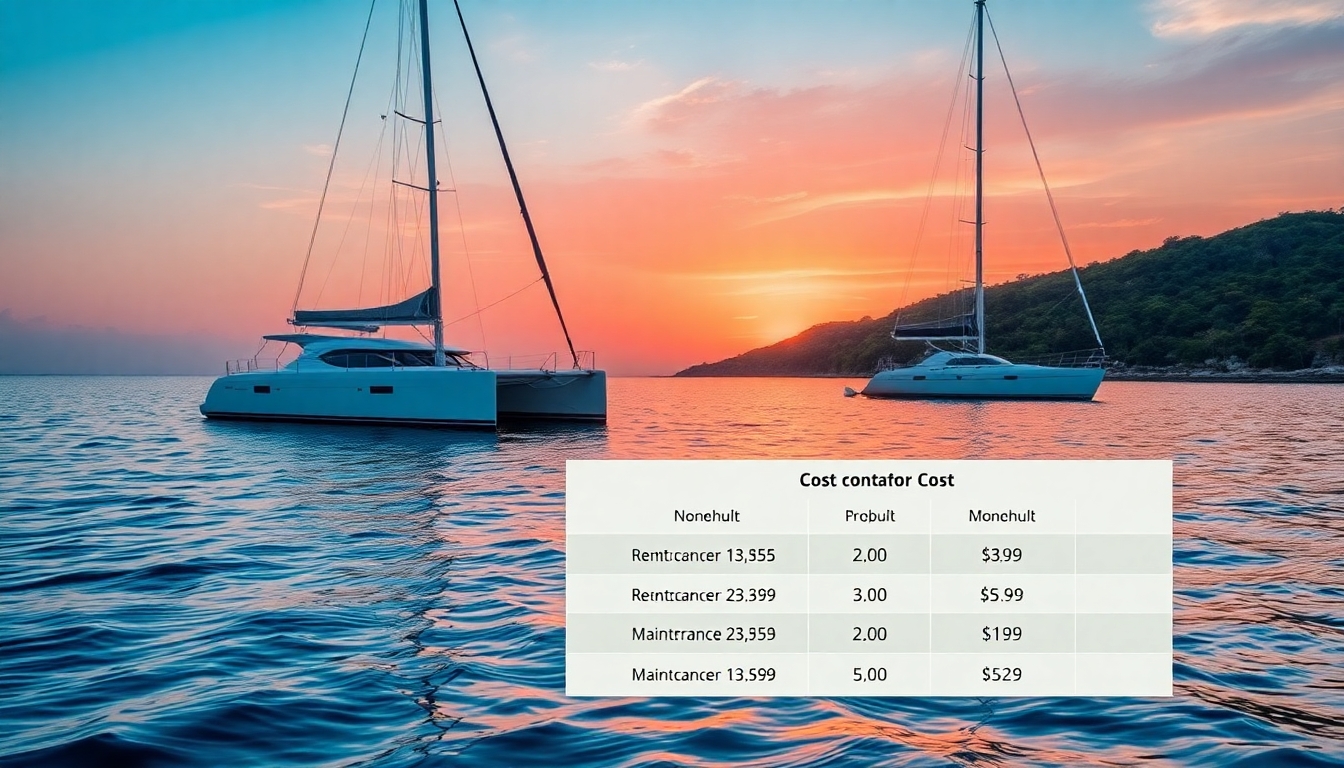

Cost Considerations
When planning your next sailing adventure, understanding the is crucial. Whether you’re eyeing a yacht rental in Bodrum or exploring options for a luxurious getaway, the expenses can vary significantly between catamarans and monohulls. Generally, catamarans tend to have higher charter prices due to their larger size and additional amenities. However, they offer more space and stability, making them ideal for families or groups looking for comfort. On the other hand, monohulls are often more affordable, attracting solo sailors or couples seeking a more intimate experience.
Here’s a quick breakdown of the typical costs associated with both types:
| Yacht Type | Average Charter Price (per week) | Maintenance Costs |
|---|---|---|
| Catamaran | $3,000 – $10,000 | Higher due to dual hulls |
| Monohull | $1,500 – $5,000 | Lower, simpler systems |
Additionally, consider the maintenance costs involved in long-term ownership. Catamarans require more upkeep due to their complex structure, while monohulls are generally easier and cheaper to maintain. So, if you’re looking for luxury yacht rentals that provide a blend of comfort and affordability, weigh these factors carefully.
Lastly, don’t forget to factor in other expenses like fuel, food, and docking fees. If you’re in the mood for a yacht vacation rental in Turkey, for example, these additional costs can add up quickly. So, make sure to budget wisely to fully enjoy your sailing experience!
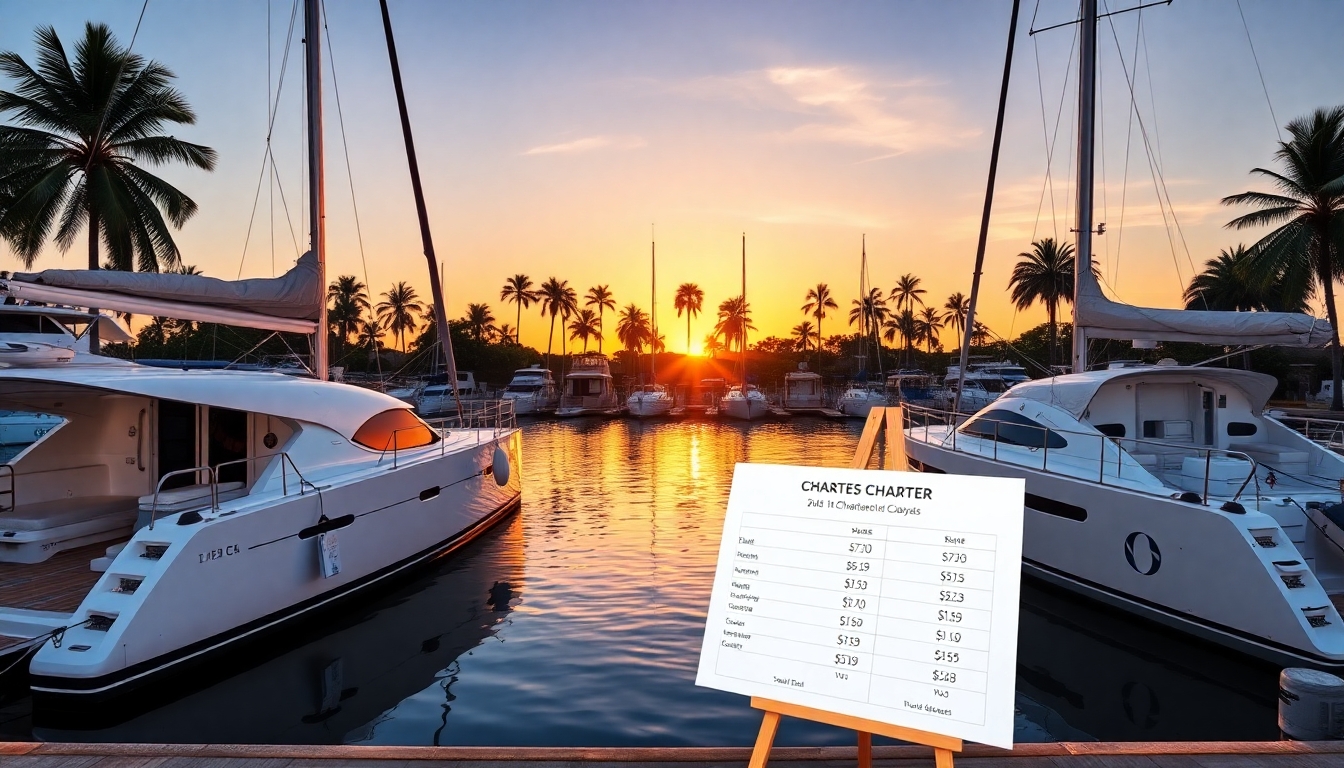

Charter Prices
When it comes to planning your next adventure, understanding is essential. Whether you’re considering a Bodrum yacht charter or an Antalya yacht charter, the costs can vary significantly depending on the type of yacht you choose. Catamarans generally command higher rental prices compared to monohulls due to their larger size and increased stability. For example, a typical weekly charter for a catamaran can range from $3,000 to $10,000, while a monohull might cost between $1,500 and $5,000.
It’s also important to factor in additional expenses that may arise during your sailing journey. These can include:
- Fuel costs
- Skipper fees
- Provisioning expenses
- Marina fees
To help you budget effectively, here’s a quick comparison of average weekly charter prices:
| Yacht Type | Average Weekly Price | Popular Destinations |
|---|---|---|
| Catamaran | $3,000 – $10,000 | Bodrum, Marmaris, Greece |
| Monohull | $1,500 – $5,000 | Antalya, Marmaris |
Keep in mind that prices can also fluctuate based on the season. If you’re eyeing a sailing yacht charter in Greece during peak summer months, expect to pay a premium. Conversely, off-peak seasons may offer more competitive rates, making it an excellent time for budget-conscious travelers to explore the stunning coastlines of yacht charter Turkey.
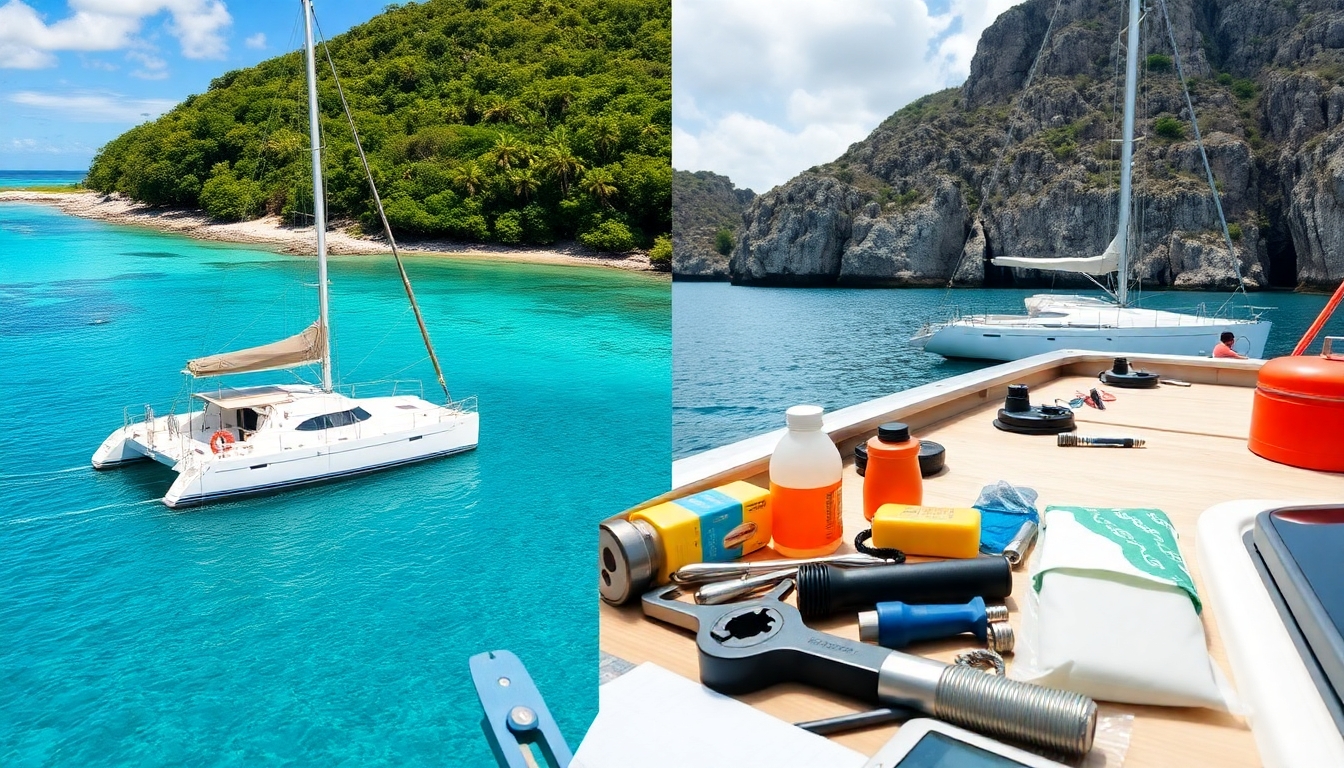

Maintenance Costs
When it comes to yacht maintenance, understanding the costs involved is essential for any prospective charterer. Both catamarans and monohulls require regular upkeep, but the expenses can vary significantly based on design and size. For instance, catamarans often have dual hulls, which means more surface area to maintain, potentially leading to higher yacht maintenance costs. However, their stability can result in less wear and tear over time, which could balance out the initial maintenance expenses.
To give you a clearer picture, consider this yacht maintenance checklist that highlights typical maintenance tasks for both types:
- Inspecting hull integrity and cleaning
- Checking and servicing the engine
- Maintaining sails and rigging
- Regularly servicing electrical systems
On average, the annual maintenance cost for a catamaran can be about 10-15% of its value, while a monohull may range from 8-12%. This difference can be crucial when planning your budget. Additionally, if you’re considering owning rather than just chartering, it’s essential to factor in these ongoing expenses to avoid any financial surprises down the line.
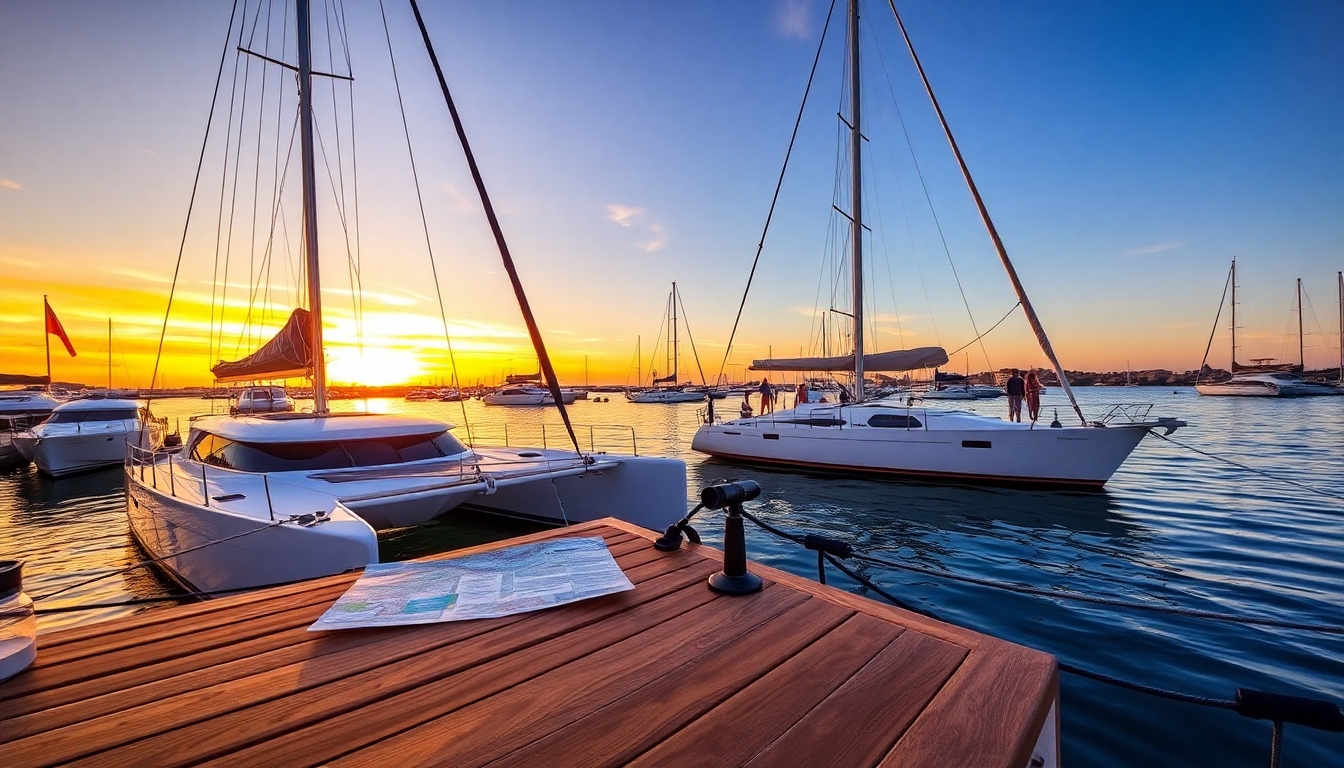

Ideal Use Cases
When it comes to selecting the right yacht for your adventure, understanding the is essential. Different types of yachts serve distinct purposes, and knowing which one fits your needs can make all the difference. For instance, if you’re planning a family getaway or a gathering with friends, a catamaran might be your best bet. With their spacious decks and multiple cabins, catamarans provide ample room for socializing, allowing everyone to enjoy the sun and sea without feeling cramped.
On the other hand, if you’re an experienced sailor seeking a thrilling adventure, a monohull could be more suitable. These vessels often offer a more traditional sailing experience, giving you that exhilarating feeling of heeling over in the wind. But what about the size of your group? If you’re sailing solo or with just a couple of friends, a monohull can be easier to manage and navigate.
Moreover, consider your sailing experience level. Beginners might find catamarans more forgiving due to their stability and ease of handling. In contrast, seasoned sailors often prefer monohulls for their performance and responsiveness. Ultimately, the choice between these types of sailing yachts hinges on your group size, sailing skills, and the kind of experience you’re after. So, whether you opt for a catamaran or a monohull, ensure it aligns with your vision for an unforgettable journey on the water!
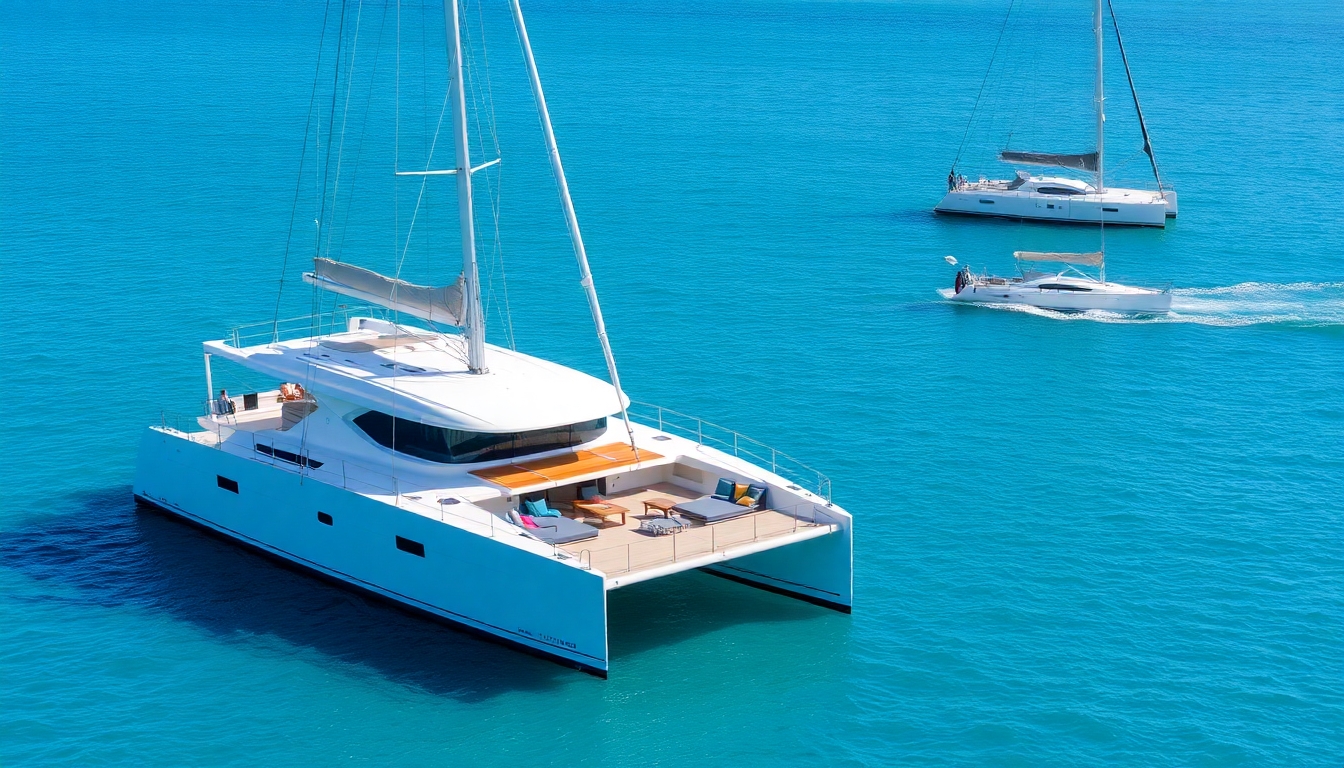

Group Size and Comfort
When it comes to selecting the perfect yacht for your adventure, are critical factors that can make or break your experience. Imagine sailing with friends or family, where everyone feels at ease and has enough space to enjoy the journey. Catamarans typically offer more comfort on yacht due to their wider beam and spacious layouts. With multiple cabins and ample living space, they can comfortably accommodate larger groups, making them ideal for social gatherings and family outings.
On the other hand, monohulls, while often more traditional in design, can also provide a cozy atmosphere for smaller groups. They generally have a more intimate feel, which can be perfect for couples or close-knit friends. However, if your crew includes more than six people, you might find the space a bit cramped. It’s crucial to consider not just the number of passengers but also how much time you’ll spend onboard. A larger group might appreciate the extra room a catamaran offers, especially during meal times or while lounging in the sun.
Here’s a quick comparison of how each type fares with different group sizes:
| Yacht Type | Ideal Group Size | Comfort Level |
|---|---|---|
| Catamaran | 6-12 people | High |
| Monohull | 2-6 people | Moderate |
Ultimately, the choice between a catamaran and a monohull will depend on your group size and the level of comfort you desire. Make sure to assess your specific needs and preferences to ensure a memorable sailing experience!
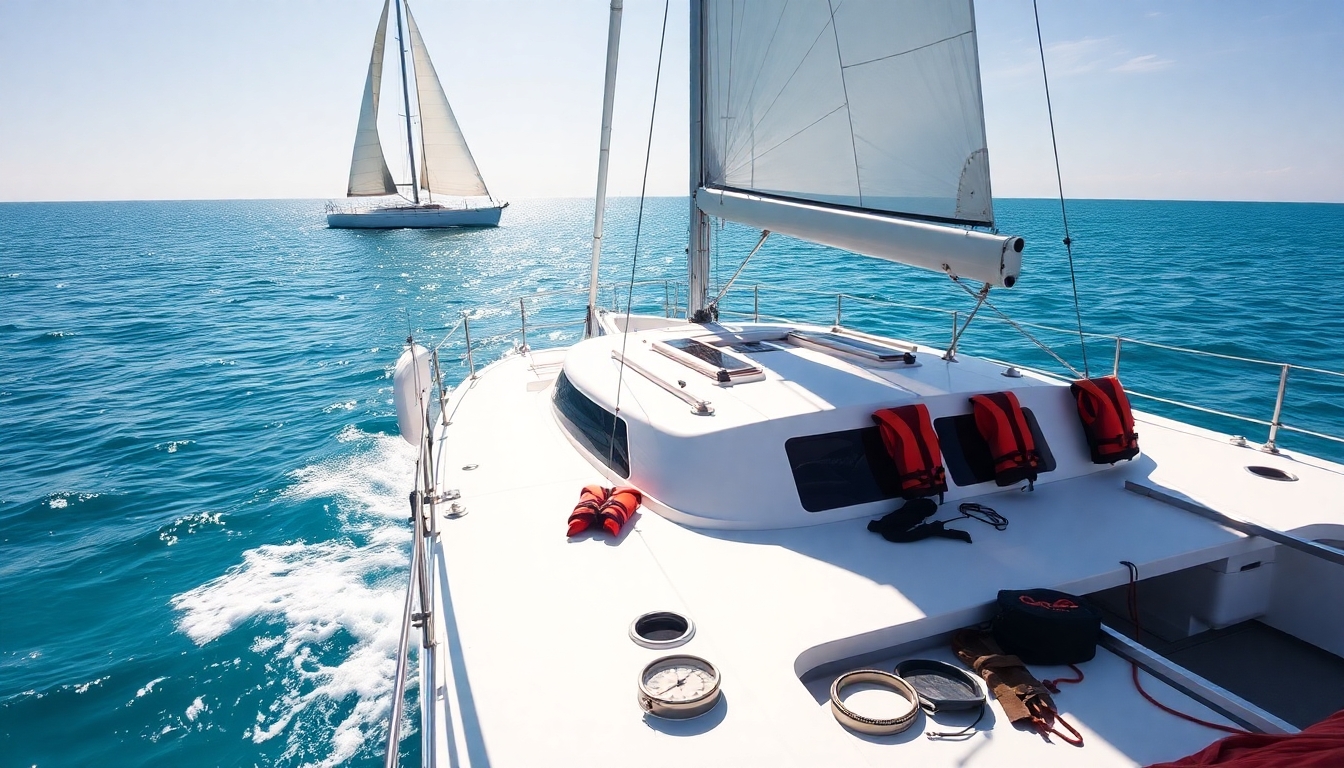

Sailing Experience Level
When it comes to choosing the perfect yacht for your adventure, your sailing experience plays a crucial role. If you’re a novice, a catamaran might be your best bet. These vessels are known for their stability and spaciousness, making them ideal for those still finding their sea legs. Imagine gliding smoothly over the waves, with ample room for relaxation and socializing—sounds inviting, right?
On the other hand, if you’re an experienced sailor, you might lean towards a monohull. These yachts offer a thrilling challenge and a more traditional sailing experience. They tend to be faster and more agile, allowing you to harness the wind like a pro. However, keep in mind that monohulls can be less stable, especially in rougher waters, which could be a factor if you’re planning to sail in unpredictable conditions.
Ultimately, the choice between a catamaran and a monohull should reflect your yacht sailing experience and comfort level. Whether you’re looking for leisurely days on calm waters or exhilarating sails that test your skills, understanding your proficiency will guide you toward the right vessel. Remember, the sea is a vast playground, and choosing the right yacht can enhance your adventure exponentially!
